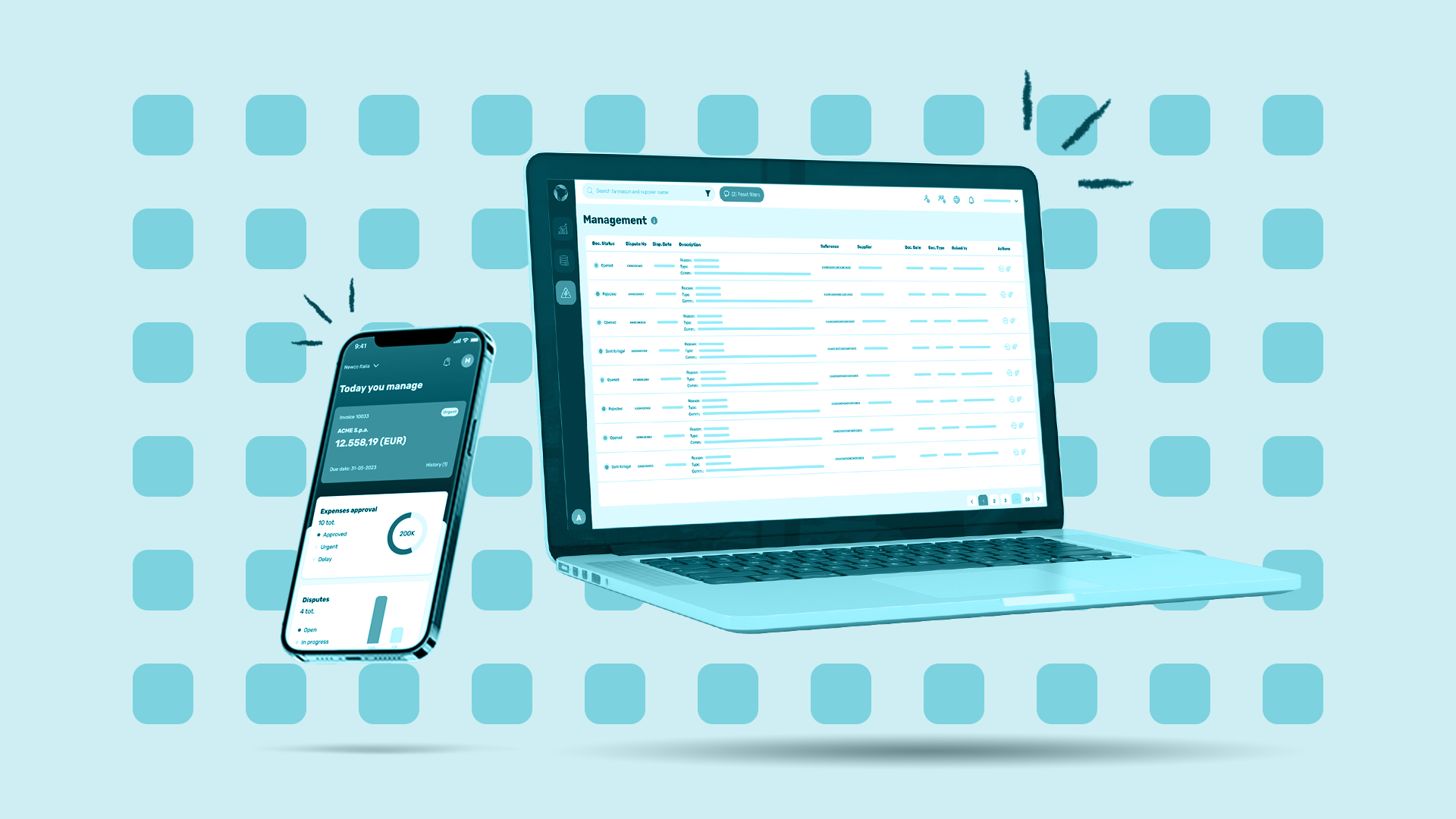In a heterogeneous business landscape where not all companies have the same level of digital development, what are the keys to optimizing AP management?
Managing the accounts payable cycle is one of the most tedious functions within accounting departments.
However, it is a delicate aspect of a company’s relationship with its suppliers, as timely payment is as crucial for the supplier as the on-time delivery of products or services is for the customer.
The digitalization and automation of accounts payable saves you time, enhances your company’s financial efficiency, and strengthens trust with your suppliers.
While implementing a solution to digitalize and automate your accounts payable offers numerous advantages it also presents a significant obstacle: reluctance to change internal business processes.
To overcome this resistance to change it is crucial to analyse your accounts payable management process and consider resources, time, and potential issues like errors and document loss.
What problems arise when you receive supplier invoices?
Managing the receipt and processing of a high volume of physical documents from various suppliers is challenging.
From issuing a purchase order to arranging a payment, various documents (delivery notes, invoices, payment advice) are generated and must be processed manually.
This back-office aspect often involves multiple departments (purchasing, accounts, warehouse, line departments, etc.) that need to receive, review, query, transfer and/or approve an invoice before the accounts department can record and register it and arrange for payment.
In all of this activity, you must consider:
- Errors: manual processing always increases the likelihood of errors compared to automation.
- Longer processing times due to document misplacement or other delays
- Disparities in formats, communication channels, billing data, and compliance.
- Storage: the legal and financial requirements to adequately store all documentation, both digital (e.g. PDF invoices) and physical, for the required time periods all of which has cost implications relating to space and paper.
How can you optimize your management of the accounts payable cycle?
Technology facilitates the optimization of business processes. This is also true for internal operations.
Specifically a digital cloud-based platform could enable the automation of information and document flows.
In the case of accounts payable, technology based on SaaS and AI-supported transforms complex management processes into simple and agile ones.
To transition accounts payable management to a digital solution, it is advisable to:
- Analyse the current situation and evaluate both the quantitative and qualitative advantages to be had from the change.
- Engage a specialized technology provider that offers suitable solutions to integrate the various workflows and partners within your company’s ecosystem.
- Opt for scalable technological solutions that can accommodate your company’s future needs ー whether for upsizing or downsizing.
- Educate your suppliers particularly the small businesses that have a low volume of invoices and may lack an integrated solution for electronic data interchange and be reluctant to embrace this technology. Take the time to explain the benefits to them of optimizing accounts payable through digital solutions.
Comply offers you a responsive, truly digital, tax-and-regulation compliant accounts payable system that simplifies visibility, management and administration of accounts and expenses from a central dashboard, accessible at any time from anywhere.
Contact us to find out how we can help you.



